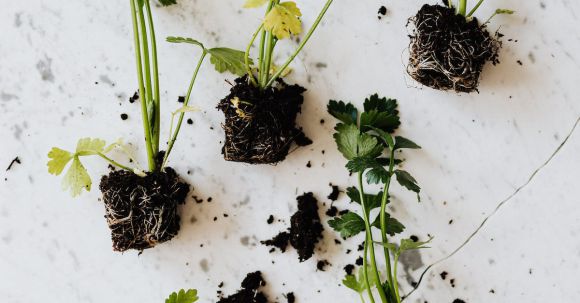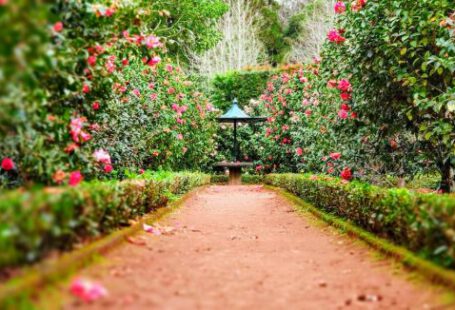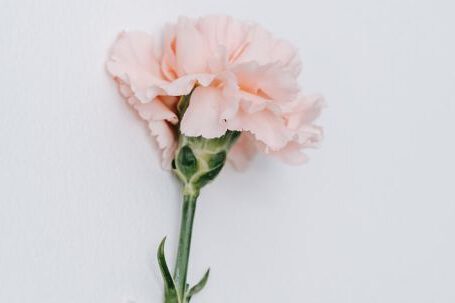Creating a beautiful garden is a rewarding experience that can bring joy and tranquility to your outdoor space. Whether you have a small backyard or a spacious yard, having a well-planned garden layout is essential. If you are a beginner and not sure where to start, here are some garden layout ideas to help you get started.
1. Consider the size and shape of your space
Before diving into the world of garden design, it is important to consider the size and shape of your outdoor space. Take measurements and note any unique features or obstacles such as trees, fences, or slopes. Understanding the dimensions of your garden will help you determine what types of plants and structures will fit best.
2. Create distinct areas
To make your garden visually appealing, consider creating distinct areas within your space. This can be achieved by using pathways, hedges, or even different types of plants. For example, you could have a designated seating area surrounded by colorful flowers, or a vegetable garden separated from the rest of the yard. Creating distinct areas adds depth and interest to your garden.
3. Choose a focal point
Every garden needs a focal point – something that draws the eye and creates a sense of visual interest. It could be a striking plant, a beautiful sculpture, or even a water feature. By incorporating a focal point into your garden layout, you create a sense of balance and harmony.
4. Think about color and texture
When planning your garden layout, consider the colors and textures of the plants you choose. Mixing different colors and textures can create a visually stunning and dynamic garden. For example, pairing tall, spiky plants with low-growing, rounded plants can add depth and interest to your garden beds.
5. Use vertical space
If you have limited horizontal space, don’t forget to utilize vertical space. Hanging baskets, trellises, and vertical gardens can all help maximize your gardening area. This is especially useful for growing herbs, small vegetables, or flowers in tight spaces.
6. Consider the seasons
When planning your garden layout, think about the different seasons and how your garden will change throughout the year. Choose plants that bloom at different times to ensure that your garden always has something in bloom. Additionally, consider adding evergreen plants or shrubs for year-round structure and interest.
7. Incorporate seating areas
A garden is not just for plants – it’s also a place for you to relax and enjoy the outdoors. Incorporating seating areas into your garden layout is essential for creating a welcoming and functional space. Whether it’s a cozy bench nestled among flowers or a patio with outdoor furniture, having a designated seating area will encourage you to spend more time in your garden.
In conclusion, designing a garden layout doesn’t have to be overwhelming, even for beginners. By considering the size and shape of your space, creating distinct areas, choosing a focal point, and incorporating color and texture, you can create a beautiful and functional garden. Additionally, utilizing vertical space, considering the seasons, and incorporating seating areas will enhance your garden and make it a place you can truly enjoy. So grab your gardening tools and get started – your dream garden awaits!





